City with same trams as Sydney also shuts down its light rail network due to cracks
Another city has now had to shut down its light rail system, just like Sydney, when cracks appeared on the trams whose “poor design” has been slammed.
Sydney’s light rail nightmare, which has seen services suspended for up to 18 months, appears to have gone global with another tram system abruptly shutting down for repairs this week.
Transport bosses in the British city of Birmingham have announced the suspension of all tram services “until further notice” after similar cracks to those found in Sydney were discovered on its carriages.
Sydney and Birmingham use the same Spanish made trams from manufacturer CAF. Similar vehicles also run on the Canberra and Newcastle tram systems.
It’s emerged that Birmingham and Sydney are two of four cities that have now had issues with the same tram fleets. That poses a problem for Sydney because it could mean there are not just its units to fix, but hundreds globally.
A public transport watcher said the CAF Urbos 3 trams used on the networks suffered from a “particularly poor design”.
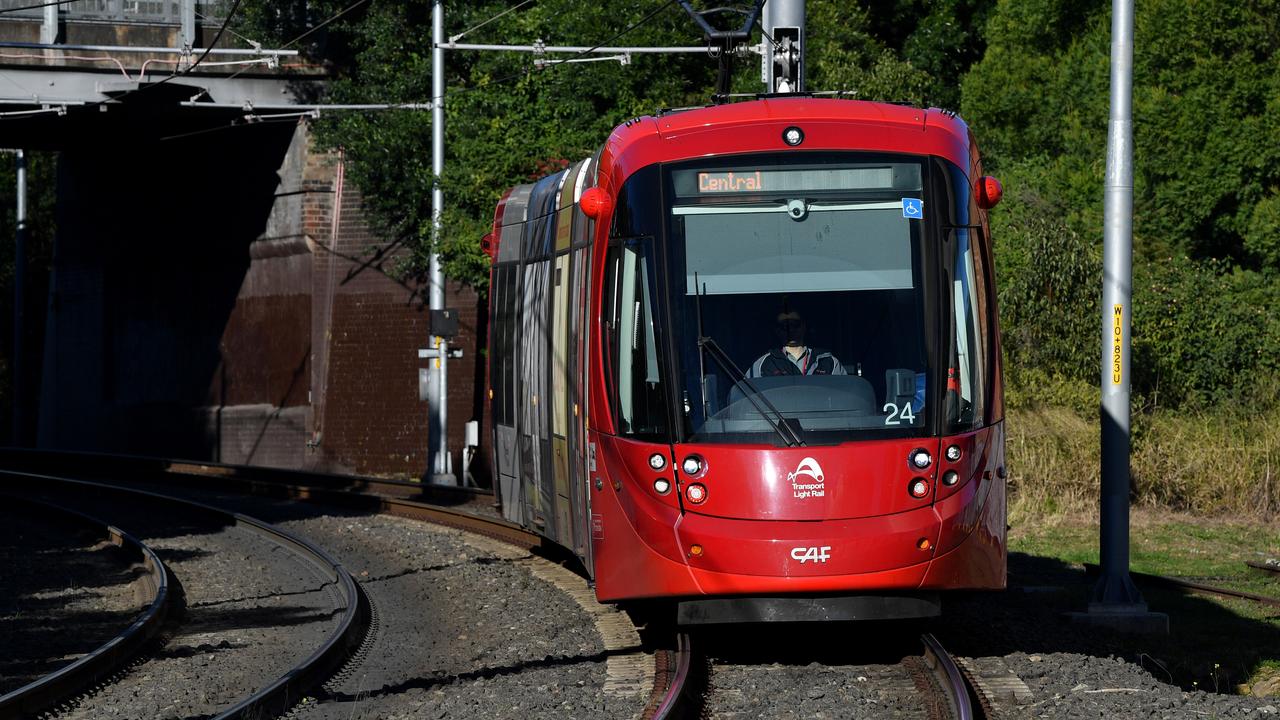
Earlier this month, Transport for NSW (TfNSW) said services would be suspended on the L1 Inner West light rail line after “serious cracks” were found in the wheel arches of all 12 tram sets that ply the route from Sydney’s Central station to Dulwich Hill.
Services on Sydney’s L2 Randwick and L3 Kingsford lines, which use different rolling stock, are not affected and are running as usual.
There had been speculation about the cause of the cracks and whether it was shoddily built carriages or an issue unique to Sydney.
Indeed CAF is reported to have told TfNSW that an “external problem” was probably the cause rather than its design.
But NSW transport minister Rob Stokes said it was likely a broader intrinsic problem with the CAF Urbos 3 vehicles used on the L1 line.
“We believe it is a design flaw – the problem we’ve identified could be broader in scope than just in old Sydney town. It’s likely to be a global concern.”
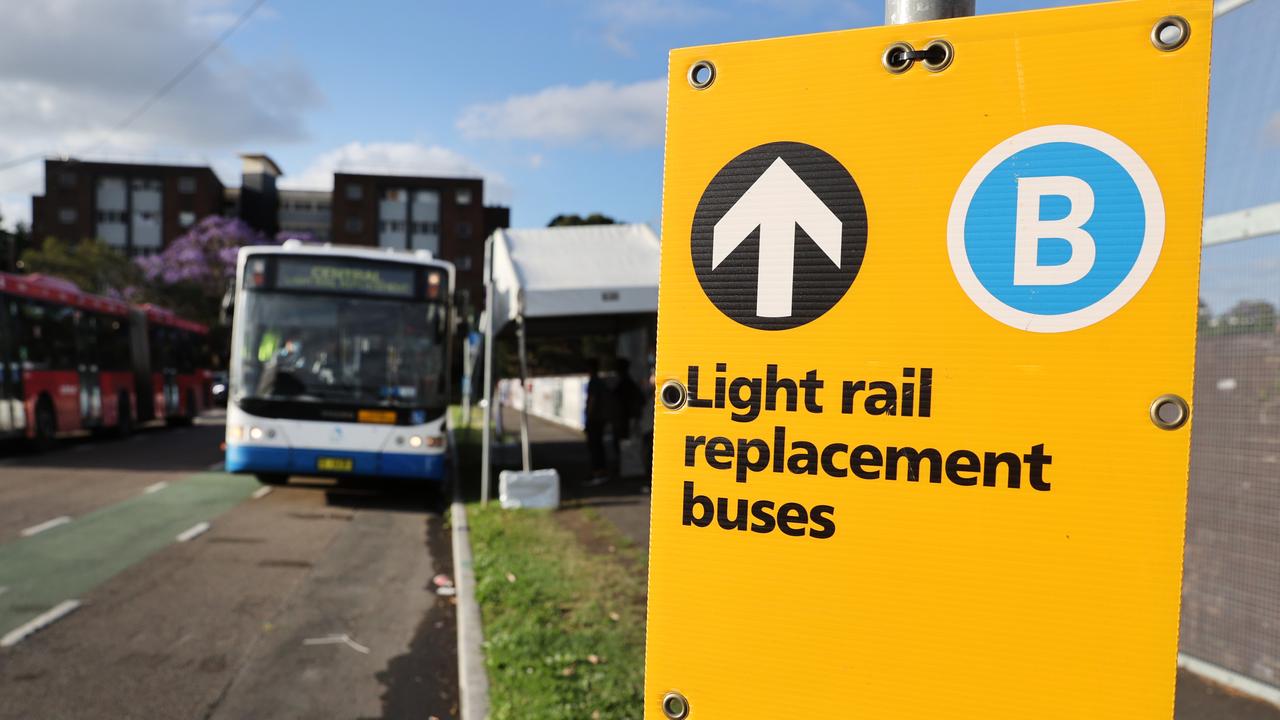
Birmingham trams shut down just like Sydney
Mr Stokes may be proved right with the West Midlands Metro ceasing services this week. The shutdown is initially for a month due to damage on its Urbos 3 trams which entered service in 2014.
Birmingham’s trams were initially taken out of service in June this year for a few days after “minor cracks” were found on some carriages. They were returned to service after repairs.
However, on the weekend services were suspended again after more cracks were found, website Birmingham Live reported.
The trams travel 22 kilometres from Birmingham’s CBD through the city’s north west to Wolverhampton. Around 8 million people use the West Midlands Metro compared to 10 million for the L1 Inner West light rail.
This is incredibly disappointing and frustrating for customers – but safety must come first. It is now critical that Midland Metro Ltd get the repairs done and restore a safe service ASAP.
— Andy Street (@andy4wm) November 12, 2021
I am seeking urgent answers from them and the manufacturer as to what has gone so wrong. https://t.co/49Pb6qclUK
Regional mayor of England’s West Midlands Andy Street said it was “incredibly disappointing and frustrating” than the area’s trams had been shut down.
“I am seeking urgent answers from (West Midlands Metro) and the manufacturer as to what has gone so wrong.”
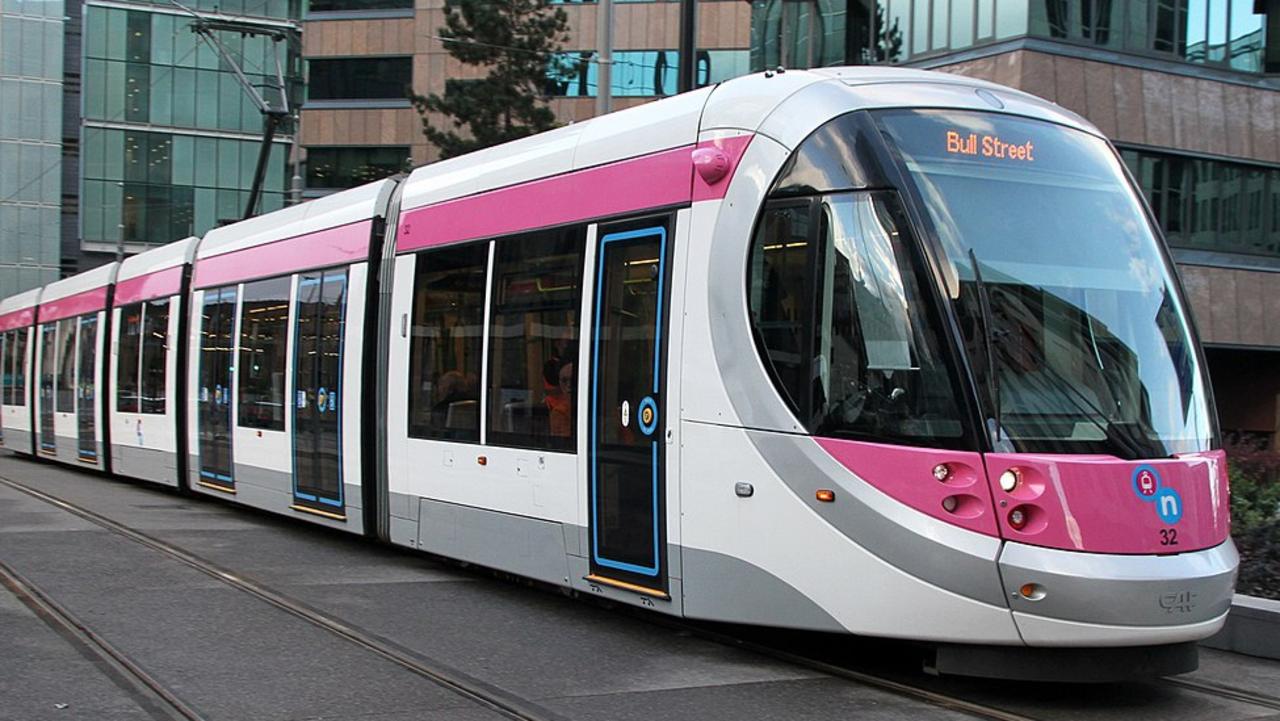
Four cities have now had issues with cracks on trams
There have also been reports of issues with the CAF Urbos 3 trams in operation in Belgrade, Serbia, and in the French city of Besancon.
In July, CAF agreed with authorities in Besancon to fix, at its own cost, 19 trams after cracks were found on the bodies of the carriages in 2017.
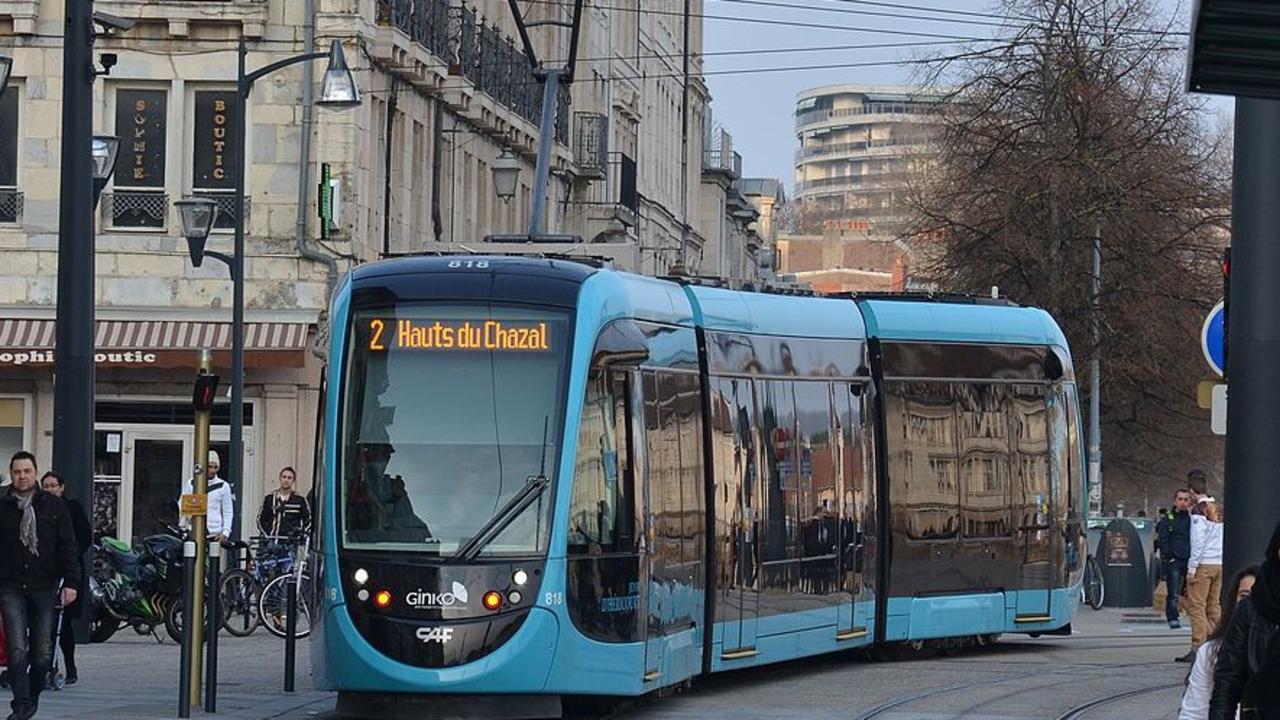
Trams of a ‘particularly poor design’
Tony Galloway of sustainable transport advocacy group Eco Transit Sydney slammed the Urbos 3 vehicles.
“It’s a particularly poor design. They can be fixed but you’re starting from a poor point,” he told news.com.au.
Compromises were made with the designs of the vehicle, Mr Galloway said, so the trams could be made with flat floors and so be fully accessible.
A lower floor meant the wheel sets, called bogies, were housed in boxes with a restricted space that didn’t leave room for them to swivel. In turn, that may have led to more stress on the wheels which was increased when the trams travelled around several tight corners on the L1 line.
That’s unlike Melbourne’s more modern – and more expensive – E-class trams based on a design from Canadian manufacturer Bombardier. Built in Melbourne, these trams have four sets of wheels per unit, not three as on the Urbos carriages, and they can swivel leading to less stress on the body.
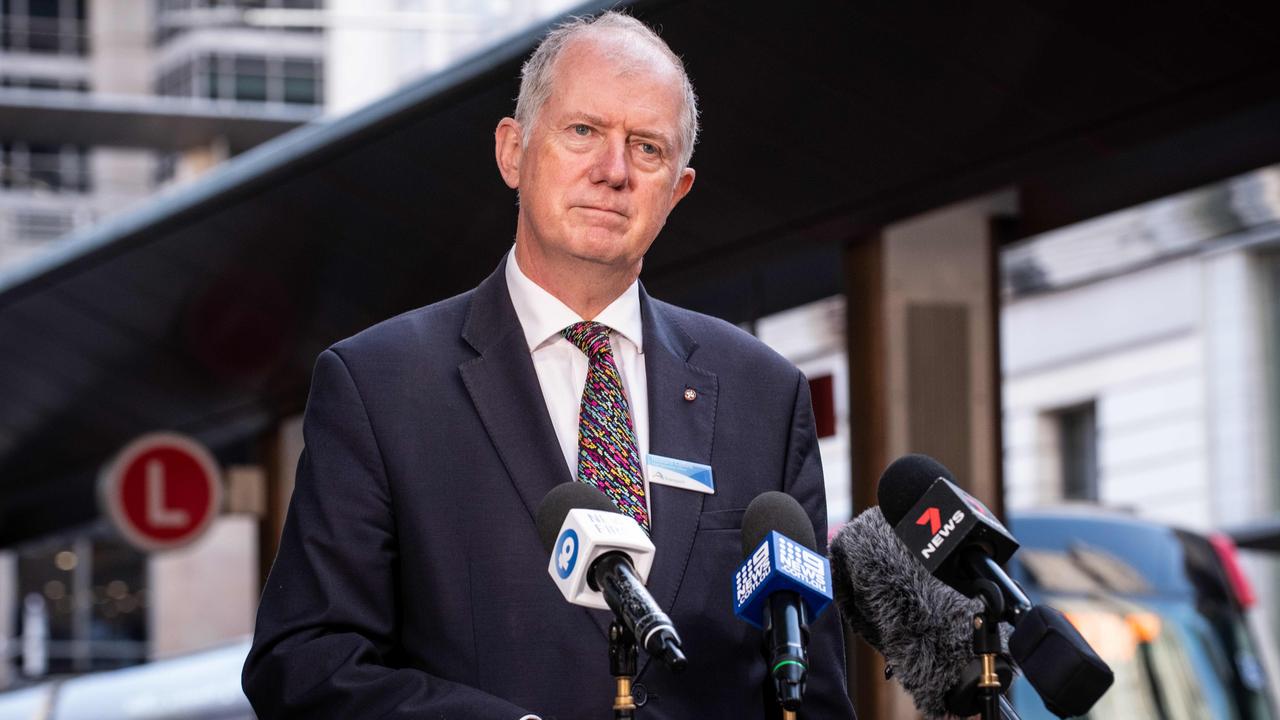
A TfNSW spokesman told news.com.au it was working with operators ALTRAC and Transdev as well as CAF and the rail safety regulator to “assess all vehicles and infrastructure, detect what caused the cracking, and fix the issues identified.”
It would provide an update when the investigations were complete.
“We are exploring ways to complete the repairs to the light rail vehicles as quickly as possible, and independent engineering investigations are ongoing.”
Rail replacement buses are replacing Sydney’s inner west light rail until the trams are fixed or replaced. Passengers will only have to pay half fares.
TfNSW chief operating officer Howard Collins told The Daily Telegraph commuters should not have to pick up the tab if the issue is with the tram vehicle’s design.
“Someone’s got to pay but it’s not going to be the taxpayer of NSW,” he said.
CAF has been contacted for comment.






